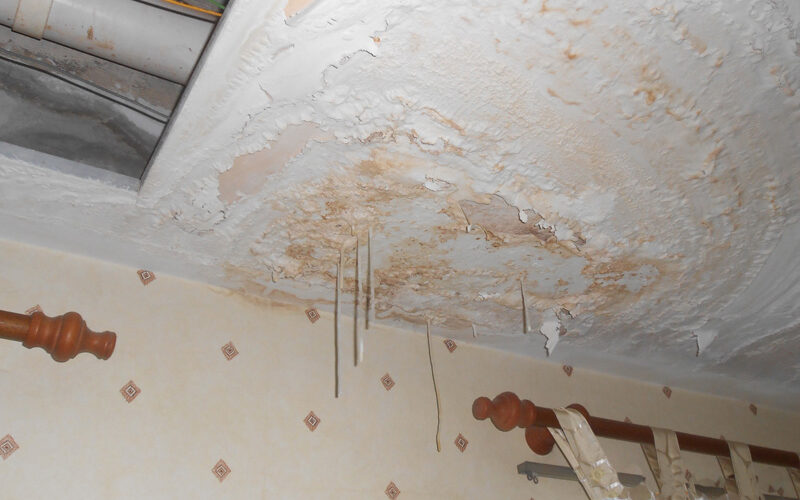Dealing With Kitchen Piping Leakages
Kitchen Piping
Plumbing leaks in kitchen areas are primarily found in 2 areas; around the sinks and amongst the supply pipelines at the base of the sinks. Faucet leakages are likewise a common incident within water leakage Singapore scenarios. For sinks, take a look at the lower part of the counter top for any changes in the particleboard. This is particularly obvious if you have a plastic laminate counter top. If it’s been impacted by water, it will be dark, swollen and spongy to the touch.
You can likewise stream some water gradually along the base of the faucet and the edges of the sink i.e. where the sink and the counter top are joined or meet, and afterwards examine to see if the water trickles down at the bottom. This is an indication that water is readily seeping via a little room in between the faucet base and the countertop and the countertop and the sink.
Analyze the faucet base to see if it is loose. Constant exposure to splashes of water can progressively loosen the joint at which the tap meets the countertop, enabling permeating of small amounts of water to the location below over a time period.
Underground and Covert Pipes
Occasionally the leaking pipe may be below the ground or concealed behind a wall. That includes basements, ceilings, concrete slabs, asphalt streets etc. Establishing a surprise pipe as the origin of a leakage is not always simple, however here are some methods you can do it.
Carry out the meter examination. First, examine the meter gauging the water being utilized in your home and observe how it moves. After that turn off every faucet and toilet, plus any other home appliances attached to water within the property. Examine the meter again to see if it is moving. If it is, you have a leakage someplace in your house and it could be below ground. Or else, the meter shouldn’t move whatsoever when every home appliance is shut off.
Dripping Pipelines and Your Structure’s Structural Integrity
The biggest hazard of water infiltration to structural integrity is when moisture has gotten to the building’s steel structure, which is part of the structure’s infrastructure. Structural steel should last a number of life times, but when it’s not appropriately protected, the steel will corrode. And when it does, it expands.
The steel deterioration will push into the area around it, causing pieces of concrete to split exacerbating the issues (as more moisture can get it). When left unrectified, the deterioration can trigger different types of structural damage such as cracks on both exterior and interior walls, broken arch bars of doors, falling masonry and displacement of door/window structures.
You can also have detection of drain water leakage sounds below the ground done using contemporary technology.


